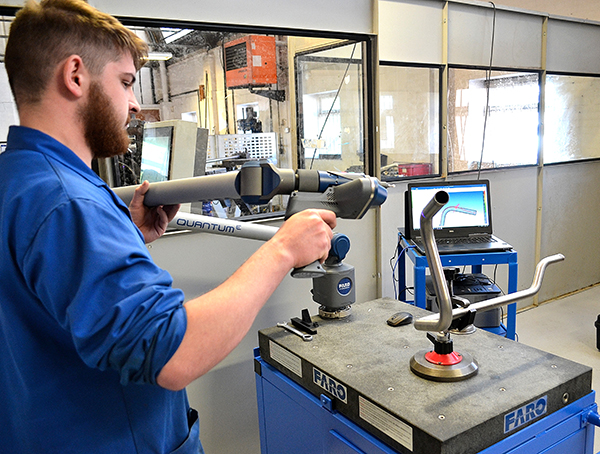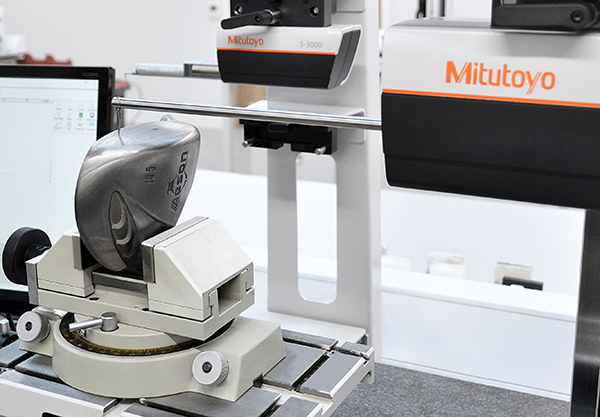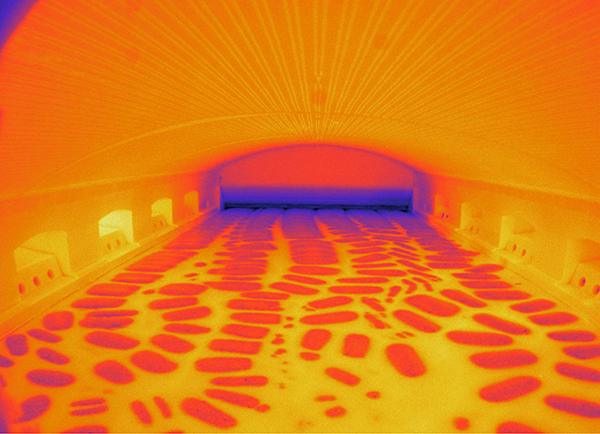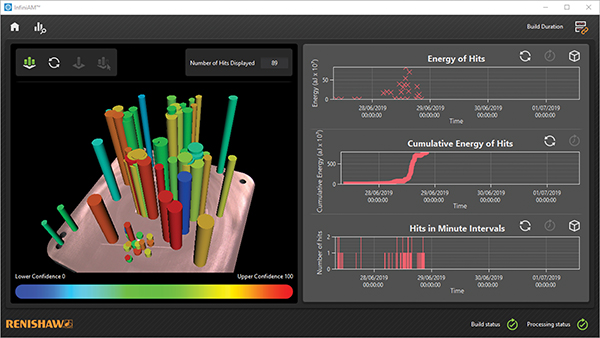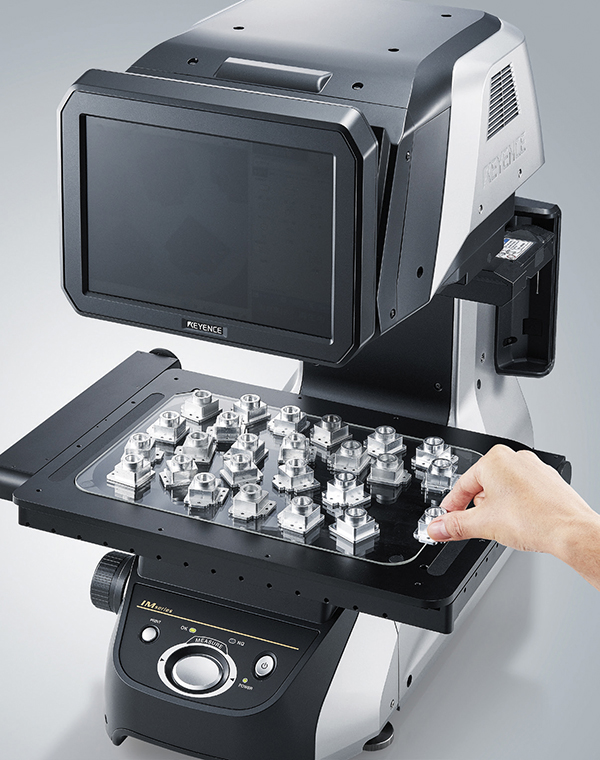Daventry-based Alltube Engineering, a manufacturer of flexible and rigid pipeline products, has invested in a Faro Quantum E ScanArm.

Technical director Paul Fuller says: “Achieving optimum 3D shapes is never easy as, for instance, a bend with a small angular error at one end of a long pipe can result in an inaccuracy of several millimetres at the opposite end. Hence, to satisfy the challenging briefs provided by our customers, designs often feature demanding 3D geometric forms with extremely tight dimensional and geometrical tolerances. To ensure that each hydraulic pipe adheres to the required design specification, we inspect all products before dispatch.”
As the use of physical measuring devices for inspecting rigid pipes is both cumbersome and long winded, Alltube recently investigated the latest non-contact measuring systems. A practical demonstration of a Faro Quantum E ScanArm fitted with FaroBlu Laser Line Probe SD, measuring a selection of the company’s most complex products, proved it was the answer to Alltube’s inspection problems.
“Not only was the Faro ScanArm much quicker and easier to use, it proved more accurate than our previous inspection methods,” says Fuller. “It was also able to link to our CNC pipe-bending machines, and automatically generate customer inspection reports. Last, but not least, the Quantum E FaroArm/FaroBlu LLP combination is capable of both contact and non-contact measurement. By using the ScanArm’s 3D laser-scanning capabilities, we’ve reduced our inspection times by approximately 90%, and by association, reduced our delivery times.”
For further information www.faro.com







